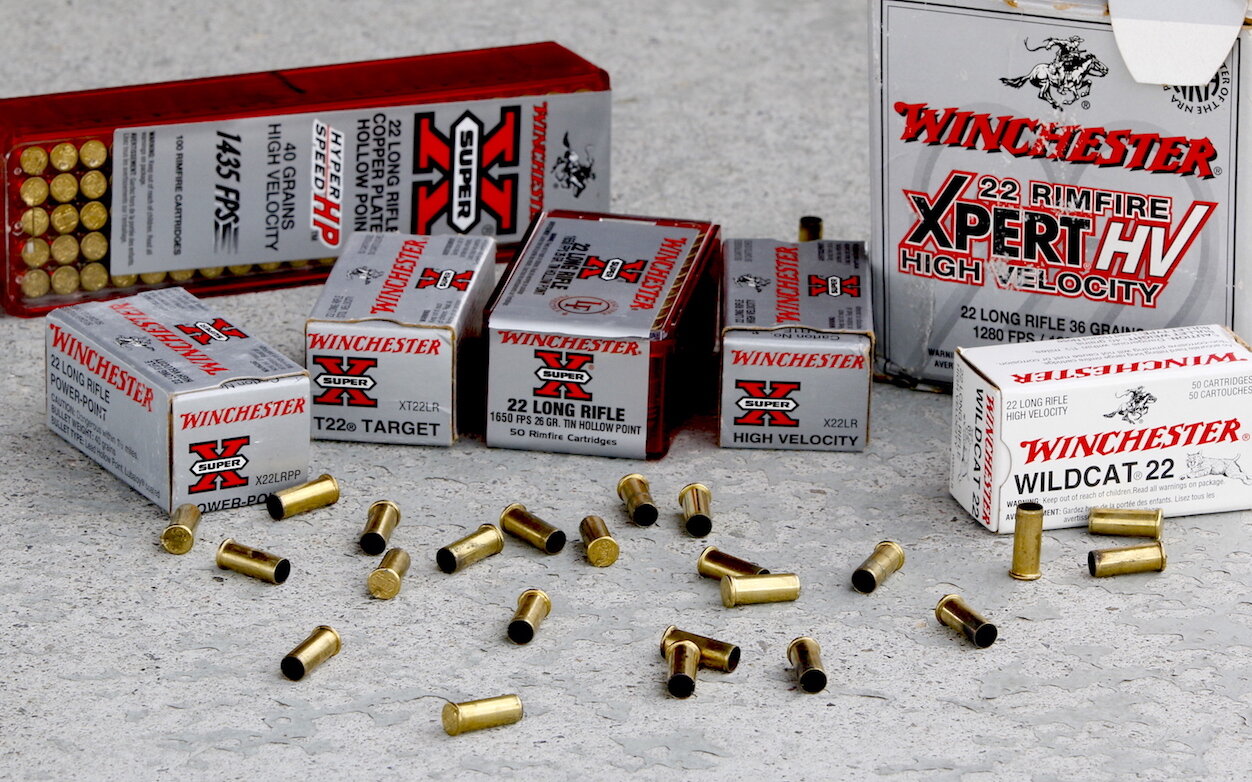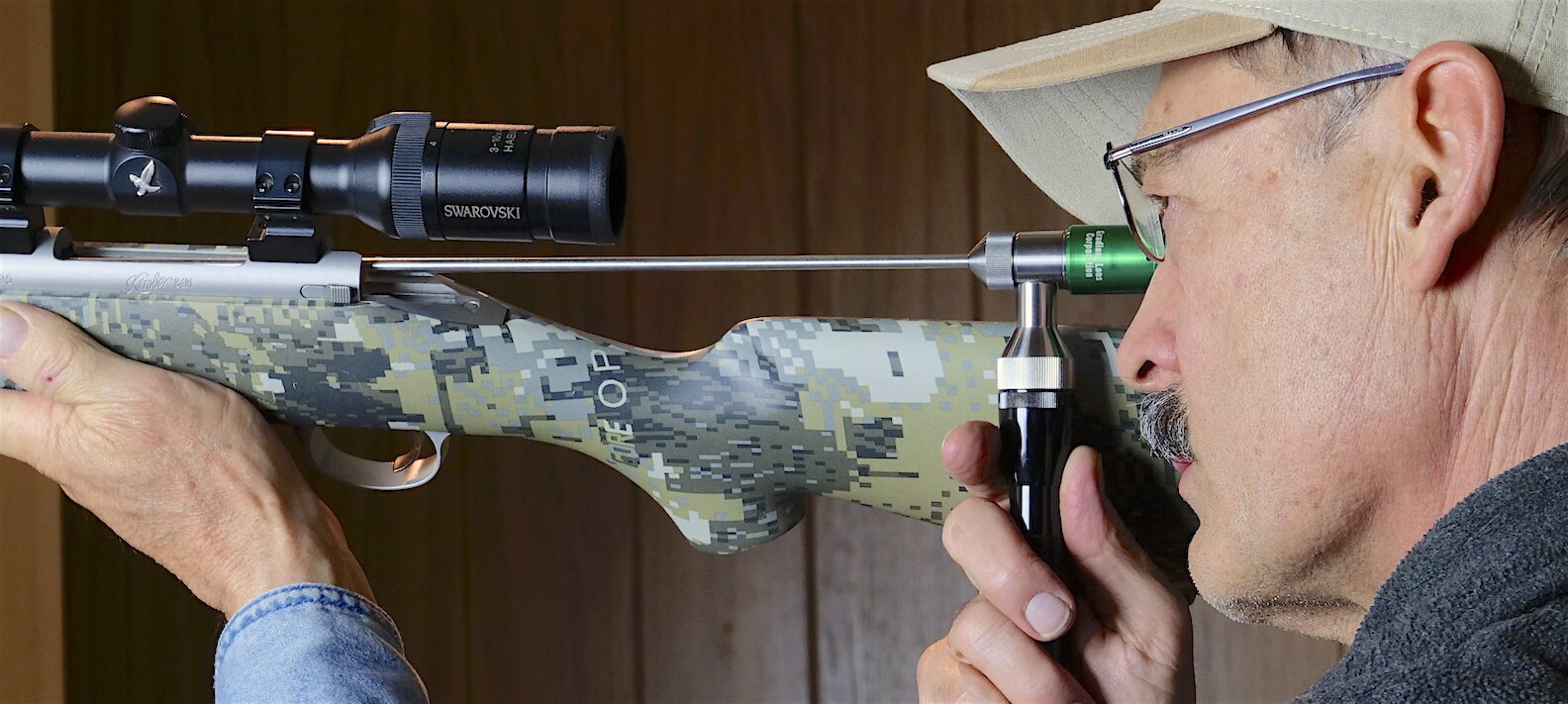How To Identify a Barrel Burner Rifle
“Dude, that’s a barrel burner!” Who hasn’t been warned about rifle cartridges that are barrel burners? The 264 Winchester Magnum. The 220 Swift. The 7mm RUM. Barrel burners! Beware! But why? What makes a barrel burner? And how can you minimize burning out your rifle barrels?
The larger the powder charge and smaller the bore diameter, the hotter and more concentrated the flame and the more likely a cartridge will be a barrel burner.
The barrel doesn’t really burn. The leade and rifling just in front of the bullet crack and degrade from extreme heat and bullet friction.
To tame a barrel burner, don’t shoot fast and furiously with a barrel too hot to touch. Check for damage with a Hawkeye borescope.
How Hot Does A Barrel Burner Get?
Large quantities of hot-burning powder that drive bullets down narrow bores create pressures (heat,) friction, and chemical reactions that degrade barrel steel. Go figure. If you can heat steel enough to make it molten, you should be able to heat it enough to erode, abrade or otherwise “wear out,” right?
Rifle cartridges “eat” barrels by focusing incredibly hot flames into the bore. Just ahead of the cartridge mouth, combusting smokeless powders reportedly reach peak temperatures of about 3,300-degrees F., some say as high as 5,500-degrees F. Regardless, the melting point of steel is around 2,500-degrees F., which suggests a single shot should melt the barrel. Obviously this doesn’t happen, so what’s going on?
Why A Barrel Burner Doesn't Melt Barrels
Flash heat, gone in a flash. Under the blow torch blast from the mouth of a cartridge, a microscopically thin layer of steel might reach extreme temperatures, but it instantly cools. Like zipping your finger through a candle flame. Don’t expect to see a barrel droop like a wet spaghetti noodle. Even machine guns firing 1,000 rounds a minute don’t melt barrels, although they can expand them so much that rifling no longer grabs bullets sufficiently to stabilize them properly.
What flash heat does do is initiate erosion. This is exacerbated by the friction of the passing bullet. That bullet —combined with the extreme heating and subsequent rapid cooling of shot after shot — seems to do most of the damage. Erosion from bullet friction alone is minimal as suggested by the longer barrel life of “mild” cartridges like 30-30 Winchester, 22 Hornet, and especially 22 rimfire. Even “shot-out” barrels in an infamous barrel burner like the 220 Swift are usually in excellent condition at the cooler muzzle end.
Image shows 22 rimfire ammunition, highlighting how the small powder capacity means its not a barrel burner cartridge.
Where The Damage Is Done
So the damage, no surprise, is greatest near the mouth of the cartridge where maximum heat is focused on the leade where bullets ride a tapered “ramp” onto the rifling. The steel expands, shrinks as it cools, and suffers microscopic cracks. (The steel deeper in the barrel wall remains cooler than the surface. Tension between the two exacerbates cracking.) Ever enlarging cracks open the way for mechanical erosion. As each bullet tears across the steel under incredible heat and some 40,000 to 64,000 psi of pressure, it generates friction and rips at the molecules of steel. Obviously the softer bullet metals suffer more than the steel, but the lands and grooves don’t get off scot free. (In addition to the heat, there are particles of yet-to-be-burned powder kernels that act a bit like sand, but this probably has negligible effect.)
As those microscopic cracks and fissures begin to propagate, hot gases jet into them and swirl, enlarging them. Heating, cooling, heating, cooling… expanding and shrinking… It’s almost as if the steel is work hardening like a wire you flex until it breaks.
As all of this abuse is underway, chemicals in the powder interact with some of the alloys in the steel, weakening and eroding some more than others. This opens additional imperfections. The first inch or two of rifling can take on the texture of a 90-year-old sun worshipper while the last half of the barrel still looks like a baby’s belly. This is why some barrels can be re-chambered to regain accuracy. Cut a new chamber deeper into the barrel, ream out the degraded rifling, and you’re back in business, albeit with a shorter barrel.
Your Accuracy Requirements Define Barrel Burner
A barrel that is said to be “shot out” really isn’t. Well, except for that first inch or two. When the leade is cracked and looking like alligator hide, bullets ride up to full rifling engagement unbalanced and crooked. They get torn and scored by the fissured steel. And there goes your accuracy. This is a gradual thing and of much more concern to target shooters than hunters. A rifle that gives up its gilt-edged, sub-MOA target accuracy after 1,000 shots may still be capable of big game hunting accuracy for two or three thousand more. After all, 1.5 MOA means all bullets should fall inside a 7.5-inch circle at 500 yards. Sounds like tenderloins for dinner to me.
Barrel Burner Or Mistaken Identity?
Some casual shooters mistake dirty or improperly cleaned barrels as being shot out. Peering at the muzzle of a used rifle and announcing “Man, this barrel is shot out! You can hardly see any rifling” is not an accurate assessment. The muzzle may have been eroded from improper, aggressive, and excessive use of a cleaning rod, but not barrel burning. (Of course you look at the muzzle only after unloading the firearm, double checking, checking again, and making sure the bolt is removed or the action is wide open!)
Another mistake many shooters make — and one smart, used-rifle buyers can take advantage of — is assuming an old rifle isn’t accurate because the barrel is shot out. More likely the barrel has never been properly cleaned. Doing so often restores fine accuracy.
How To Positively Identify Barrel Burner Damage
Photo shows man peering through a Hawkeye bore scope to detect a barrel burner rifle.
You need to look at the leade. This might be possible with a tiny dentist’s mirror, but a Hawkeye Borescope from gradientlens.com makes it easy. Stick the tube into the chamber, turn on the light and enjoy a highly magnified view of the leade, rifling, and complete bore. If there’s any cracking, you’ll see it. Short of this, you’ll have to merely guess at the degree of burn out. It helps if you’ve kept careful records of the number of shots you’ve put down that barrel. Compare early accuracy against current accuracy. When a barrel no longer shoots to your standards, it's burned out. There are no absolute numbers of shots for any cartridge before barrel damage becomes too much, but it’s a lot more than most of us have been led to believe. Most 308 Winchesters remain precision accurate for 5,000 rounds, hunting accurate for maybe double that. The 30-06 is right on its heels. Some 25-06 shooters have reported good hunting accuracy through 7,000 rounds. Some hig-volume varmint shooters have gone through 22-250 Rem. barrels in as little as 800 rounds. How you shoot has a lot to do with how rapidly any round burns out a leade. Regardless, there are several ways to reduce barrel burn out with any cartridge. We'll address that in our next post on RonSpomerOutdoors.com.
A shooter of many rifles, author Spomer can honestly report he's never shot out a barrel. But he has one Holland Custom in 6.5-280 Ackley that's showing significant alligator cracking.











